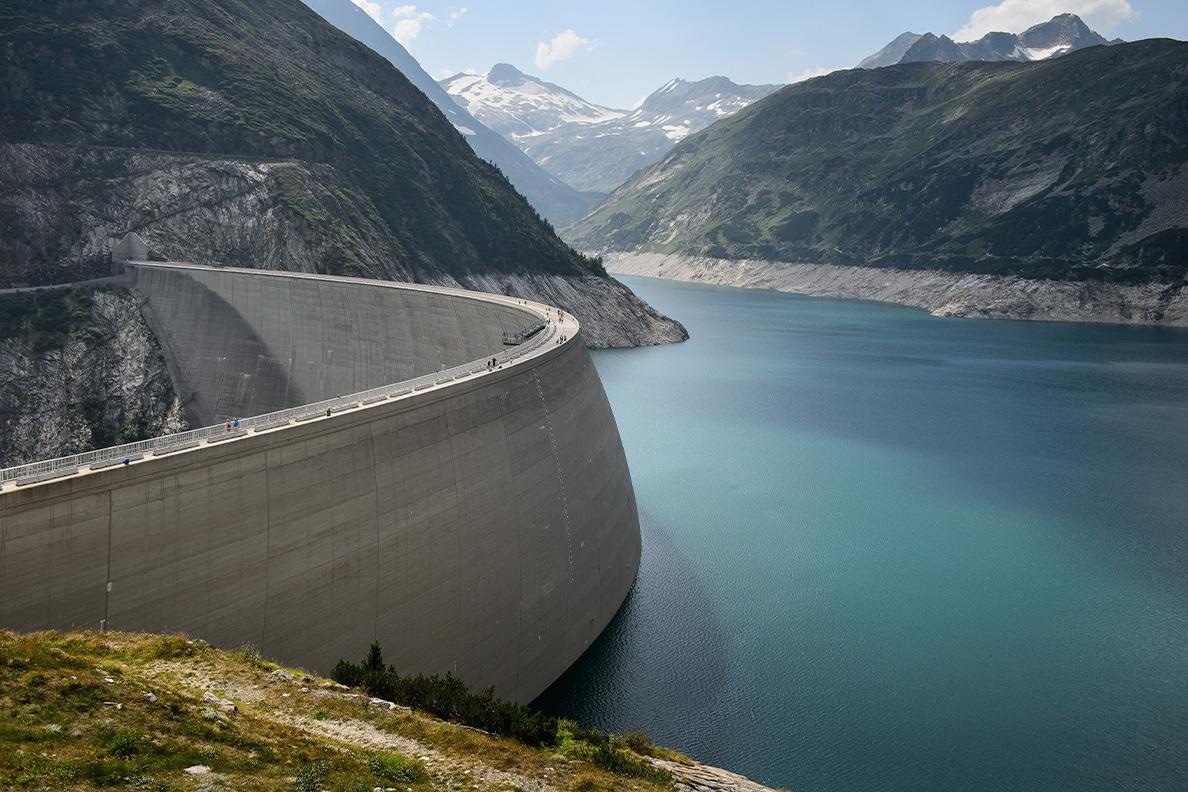Jun 2 2021
According to a new study, per-area greenhouse gas emissions from the global water reservoirs are about 29% higher than proposed by earlier studies, but practical measures could be adopted to mitigate that effect. The study has been published in the Global Biogeochemical Cycles journal.
 Overall, the researchers found the world’s water reservoirs are annually producing methane, carbon dioxide, and other greenhouse gases in an amount roughly equivalent to 1.07 gigatons of carbon dioxide. Image Credit: Washington State University.
Overall, the researchers found the world’s water reservoirs are annually producing methane, carbon dioxide, and other greenhouse gases in an amount roughly equivalent to 1.07 gigatons of carbon dioxide. Image Credit: Washington State University.
As per the analysis performed by scientists from Washington State University (WSU) and the University of Quebec at Montreal, most of the increased emissions arise from methane degassing, which was not previously taken into account. Methane degassing is a process in which the gas travels via a dam and bubbles up downstream.
On the whole, the investigators observed that the global water reservoirs are generating carbon dioxide (CO2), methane, and other greenhouse gases every year and in an amount that is more or less equivalent to 1.07 Gt of CO2.
Although that amount is small when compared to the more than 36 Gt of greenhouse gases emitted by industrial sources, including fossil fuels, every year, it is still more greenhouse gas than the whole nation of Germany—the sixth-largest emitter in the world—produces every year. It is also approximately equivalent in weight to 10,000 fully-loaded U.S. aircraft carriers.
The study was headed by John Harrison, a professor in the Vancouver School of the Environment at WSU and co-authored by collaborators from the University of Quebec at Montreal. It is the first-ever study to include methane degassing in its estimation of worldwide greenhouse gas emissions from artificial reservoirs.
The researchers also considered various other unaccounted-for variables in their study. These variables included water depth, water temperature, and the amount of sediment penetrating an unlimited number of different reservoirs situated worldwide. Prior analyses that estimated the overall emissions of greenhouse gases from reservoirs chiefly depended on average emission rates for each reservoir surface area.
“While a number of papers have pointed out the importance of aquatic systems as sources of methane to the atmosphere, this is the first paper that I know of to look explicitly at which kinds of reservoirs are big sources and why. It gives us the ability to start working toward understanding what we could do about methane emissions from these types of systems.”
John Harrison, Professor, Vancouver School of the Environment, Washington State University
Decomposing plant matter close to the base of reservoirs drives methane production. Methane is a greenhouse gas that is 34 times more powerful than CO2 over the course of a century and similar to rice paddies or burning of biomass in terms of overall emissions.
Harrison and collaborators noted that methane degassing is responsible for about 40% of greenhouse gas emissions from water reservoirs. According to the study, this huge increase in formerly unaccounted-for emissions was partially neutralized by an estimated lower quantity of methane diffusing off the reservoir surface. CO2 emissions were analogous to those described in the previous study.
The study results demonstrated that the maximum rates of greenhouse gas emissions from reservoirs take place in the subtropics and tropics. About 83% of methane emissions were predicted to occur inside tropical climate zones.
Such regions are also where most of the planned and ongoing new reservoir construction projects are expected to happen in the days to come.
The results are specifically significant because methane emissions could be reduced downstream from reservoirs by selectively removing water from near the surface of reservoirs, which is inclined to be methane-poor rather than from greater depths in which methane usually builds up.
In an associated study, for instance, a replicated reduction in water withdrawal depth by as low as 3 m (around 10 feet) caused a 92% reduction in the emission of methane degassing from a Malaysian reservoir.
“We aren’t saying that reservoirs are necessarily bad. Many provide important services like electrical power, flood control, navigation and water. Rather, we want to bring attention to a source of greenhouse gas emissions that we think can be reduced in the years ahead as we work towards carbon-neutral emissions.”
John Harrison, Professor, Vancouver School of the Environment, Washington State University
The study performed by Harrison and collaborators recently contributed to leading the Intergovernmental Panel on Climate Change—the top international authority on the topic of global warming—to identify flooded lands and work as an essential part of the overall emissions of every country.
“We’re interested in using this work to improve these models and global estimates. One end goal of this work is to improve our ability to estimate the amount of greenhouse gases coming from reservoirs on a per country basis so that countries can address this source and include it in the way that they are managing their greenhouse gas liabilities.”
John Harrison, Professor, Vancouver School of the Environment, Washington State University
Journal Reference:
Harrison, J. A., et al. (2021) Year-2020 Global Distribution and Pathways of Reservoir Methane and Carbon Dioxide Emissions According to the Greenhouse Gas from Reservoirs (G-res) Model. Global Biogeochemical Cycles. doi.org/10.1029/2020GB006888.